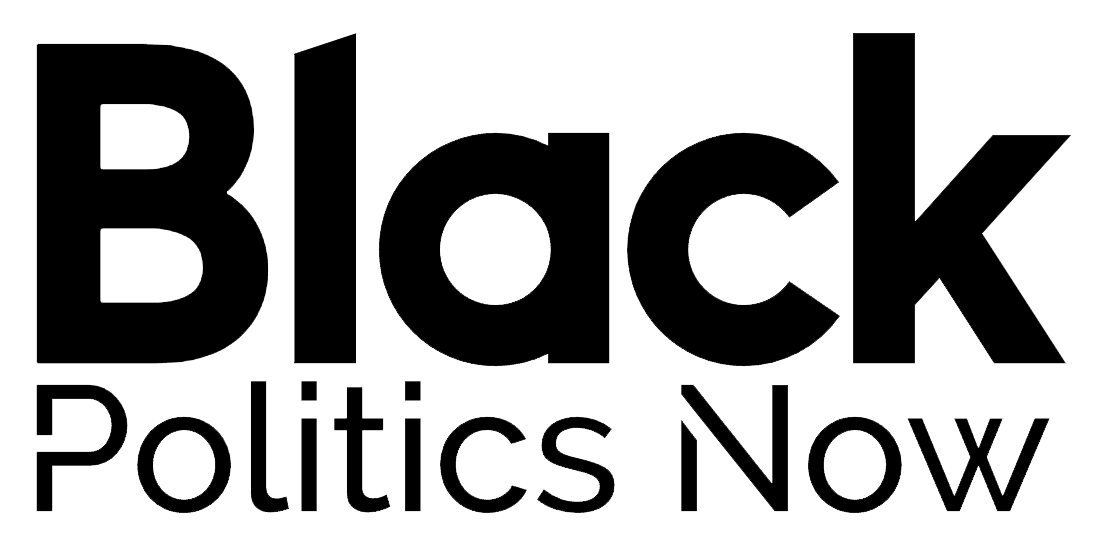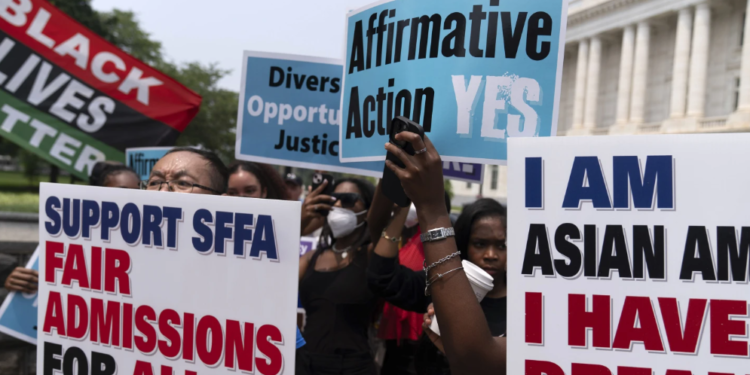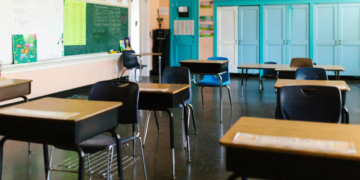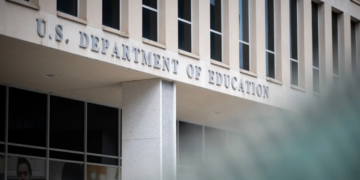Image Source: APN News
May 9, 2024 Story by: Editor
Colleges are beginning to confirm long-held concerns following the Supreme Court’s decision against affirmative action, as several schools report noticeable declines in Black and Hispanic enrollment in their incoming classes.
Data from the Massachusetts Institute of Technology (MIT), Amherst College, and Tufts University show significant drops in minority student enrollment after the court ruled that universities could no longer consider race in their admissions processes.
Experts are urging administrators to seek alternative methods to support Black and Hispanic students, warning that failure to do so could harm their institutions’ reputations.
“This is what people expected when the Supreme Court ruling came last summer. Affirmative action was one of several tools designed to reduce barriers for marginalized groups entering competitive postsecondary institutions. By removing that tool, it’s harder for members of these groups to gain admittance,” said Timothy Welbeck, director of the Center for Anti-Racism at Temple University.
MIT, the first to release its data, revealed that Black, Hispanic, Native American, and Pacific Islander students make up just 16% of the Class of 2028, down from 25% in the previous class.
The impact has been particularly severe for Black students, with enrollment falling by 10 percentage points at MIT, 8 points at Amherst, 3 points at Tufts, and almost 1 point at the University of Virginia (UVA).
“I would say that Black students were the most affected, partly due to the historical barriers to education in this country. Black people were specifically denied access to higher education, and we’re only a few generations removed from when that was the law of the land,” Welbeck explained.
He further noted, “This history helps explain why Black students are the most impacted when you remove institutions’ ability to consider these factors in admissions.”
Yale University, however, presented a more nuanced situation. According to data released on Wednesday, the share of white students increased while Asian American enrollment declined. Yet, the number of Black and Hispanic students remained stable.
“Since the Supreme Court allowed for consideration of life experiences and hardships, there may have been more discussions about these factors at Yale. This might have helped more white students with challenges get admitted. The drop in Asian students is interesting and concerning, but I’m unsure how to interpret it,” said Marybeth Gasman, executive director of Rutgers University’s Center for Minority Serving Institutions.
Gasman added, “As more data comes in, it will be interesting to see trends nationwide.”
Asian American enrollment has also seen slight declines at both UVA and Tufts, while both institutions reported increases in Hispanic students.
The Supreme Court’s ruling, delivered by a conservative-majority bench, ended race-based admissions practices, with the justices arguing that it violated the 14th Amendment’s equal protection clause. Challengers claimed that Harvard University and the University of North Carolina at Chapel Hill’s admissions policies discriminate against white and Asian American applicants.
Justice Sonia Sotomayor, among the liberal dissenters, criticized the ruling, saying it “cements a superficial rule of colorblindness as a constitutional principle in a society where race has always mattered and continues to matter.”
Advocates are calling on schools to intensify efforts to attract students and counter misleading narratives about the decline in minority representation. Stu Schmill, MIT’s dean of admissions, emphasized that diversity does not come at the expense of academic excellence.
“People have told me for years that MIT should only focus on academic excellence, not diversity. But every student we admit is already at the far-right end of the distribution of academic excellence, regardless of their background,” Schmill said.
Schools are now considering partnerships with outreach organizations and targeting underprivileged areas to boost diversity.
“My biggest advice is to network with Native organizations to ensure you offer services that attract and retain Native students,” said Angelique Albert, CEO of Native Forward.
Albert pointed out that schools with the least impact on their diversity numbers have already made intentional efforts to foster inclusion. “Institutions that have historically included Native American administrators, professors, curricula, and peer groups are more successful in attracting Native students,” she explained.
Failure to address these challenges could eventually undermine the elite status of these schools, according to some experts.
“What they could do is invest in pipeline programs to ensure more Black students can gain access to these highly competitive institutions by addressing the socioeconomic disparities,” Gasman said.
She added, “Rather than throwing their hands up and saying, ‘We don’t know what to do,’ institutions should use their intellectual resources to find solutions. If a place like MIT can’t solve this problem, are their scientists really the best? Because they should be able to figure this out.” Source: The Hill

















